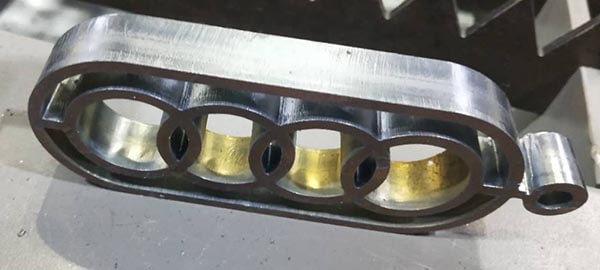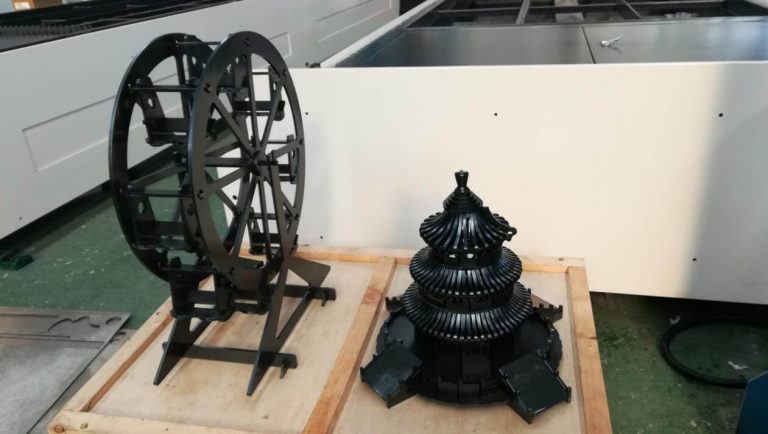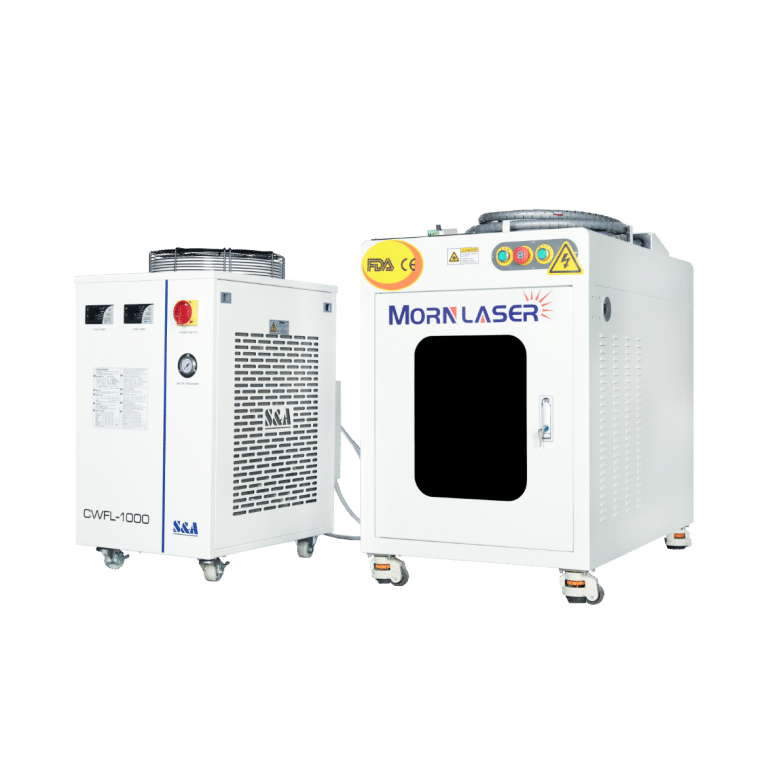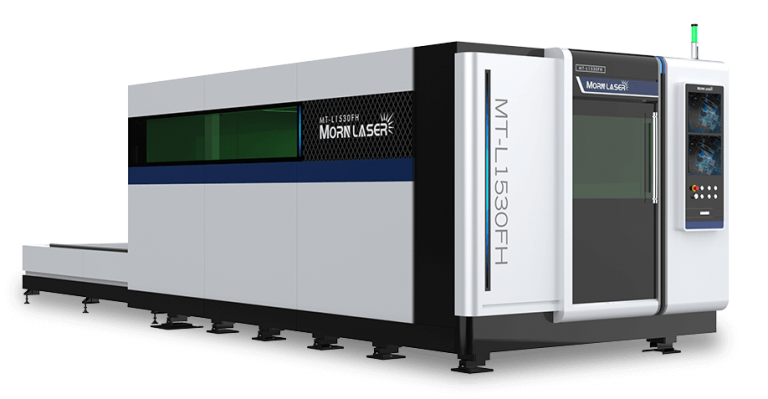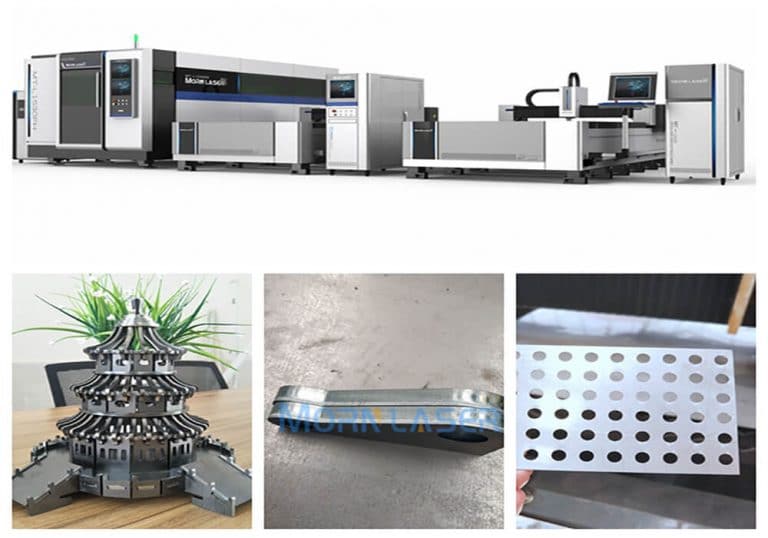Nowadays, it is widely used in the machining industry. In addition, laser technology has the characteristics of low welding heat input, the small influence of welding heated area, and difficult deformation, so it has been paid special attention in the field of aluminum alloy welding.
On the other hand, because of the processing characteristics of aluminum alloy, there are some welding difficulties in laser welding of aluminum alloy. So how to solve these problems for the operators engaged in welding processing?
Table of Contents
Laser welding problem of aluminum alloy 1: low absorption rate of aluminum alloy to laser
This problem is mainly due to the problem of aluminum alloy material. Because of the high initial reflectivity of aluminum alloy to the laser beam and its high thermal conductivity, the absorption rate of aluminum alloy to a laser beam before melting is very low.
For this problem, the solutions mainly include the following aspects:
- carry out surface pretreatment process on aluminum alloy materials. For example, pretreatment measures such as sandpaper grinding, surface chemical etching and surface plating are commonly used in production. Increase the laser absorption rate of materials.
- Reduce the spot size and increase the laser power density.
- Change the welding structure to make the laser beam reflect many times in the gap, which is convenient for laser welding of aluminum alloy.
Laser welding of aluminum alloy (2): porosity and hot crack are easy to occur
Pores and hot cracks will easily occur during laser welding of aluminum alloy.
For this problem, the solutions mainly include the following aspects:
- Adjusting the laser power waveform in the welding process can reduce the unstable collapse of air holes, change the irradiation angle of the laser beam and apply the magnetic field in welding, and also effectively control the air holes generated during welding.
- When YAG laser is used, the heat input can be controlled by adjusting the pulse waveform to reduce crystal cracks.
Problem 3 of laser welding of aluminum alloy: mechanical properties of welded joints decrease
The burning loss of alloy elements during welding reduces the mechanical properties of welded joints of aluminum alloy. For this problem, the solutions mainly include the following aspects:
The mechanical properties of welded joints are caused by unstable air holes in aluminum alloy welding. The Aluminum alloy mainly includes Zn, Mg, and Al. During welding, the boiling point of aluminum is higher than that of the other two elements. Therefore, some low boiling point alloy elements can be added when welding aluminum-alloy elements, which is beneficial to the formation of small holes and the firmness of welding.
The most attractive feature of laser welding of aluminum alloy is its high efficiency, and to give full play to this high efficiency is to apply it to deep penetration welding of large thickness. Therefore, researching and using high power laser for deep penetration welding with large thickness will be an inevitable trend in the future. Deep penetration welding with large thickness highlights the pinhole phenomenon and its influence on weld porosity, so the formation mechanism and control of pinhole become more and it will become a hot issue of common concern and research in the industry.
It is people’s goal to improve the stability of the laser welding process, weld formation, and welding quality. Therefore, new technologies such as the laser-arc composite process, laser welding with filler wire, laser welding without preset powder, bifocal technology, and beam shaping will be further improved and developed.

